Regular massage in the first 3 months after liposuction helps to ensure optimal results and reduce healing time. Generally, the earlier, firmer, and more frequently you massage, the better the results and less painful the area will be. Without massage, uneven results may form.
Massage will vary depending on the nature of your liposuction, please follow the instructions given to you by your physician’s office or inquire with them if you are unsure. In some cases, massage isn’t advised or should be delayed.
This technique will help with skin hypersensitization and increasing blood flow to the area. It can be started immediately post-op and should be done a minimum of 5 times per day.
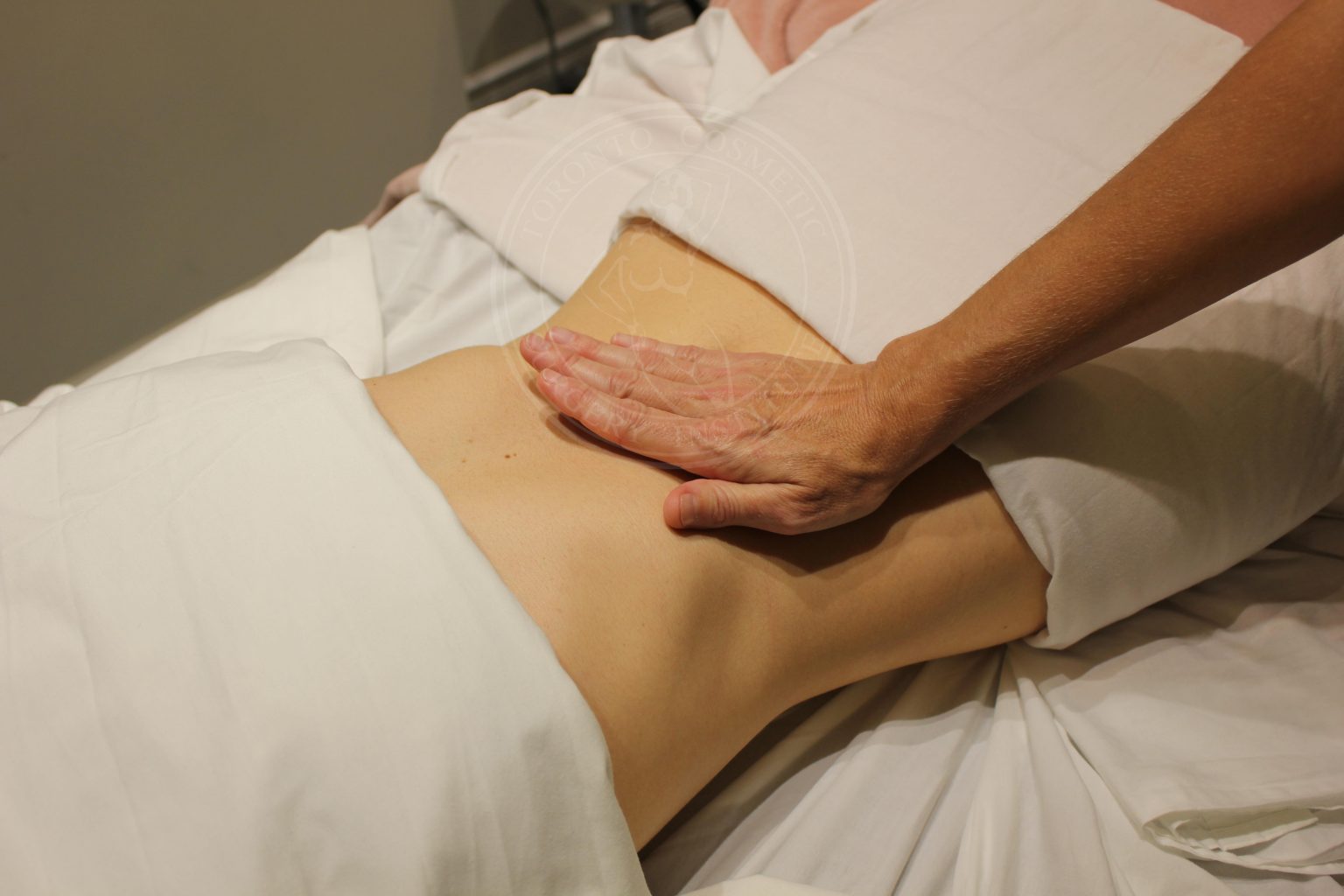
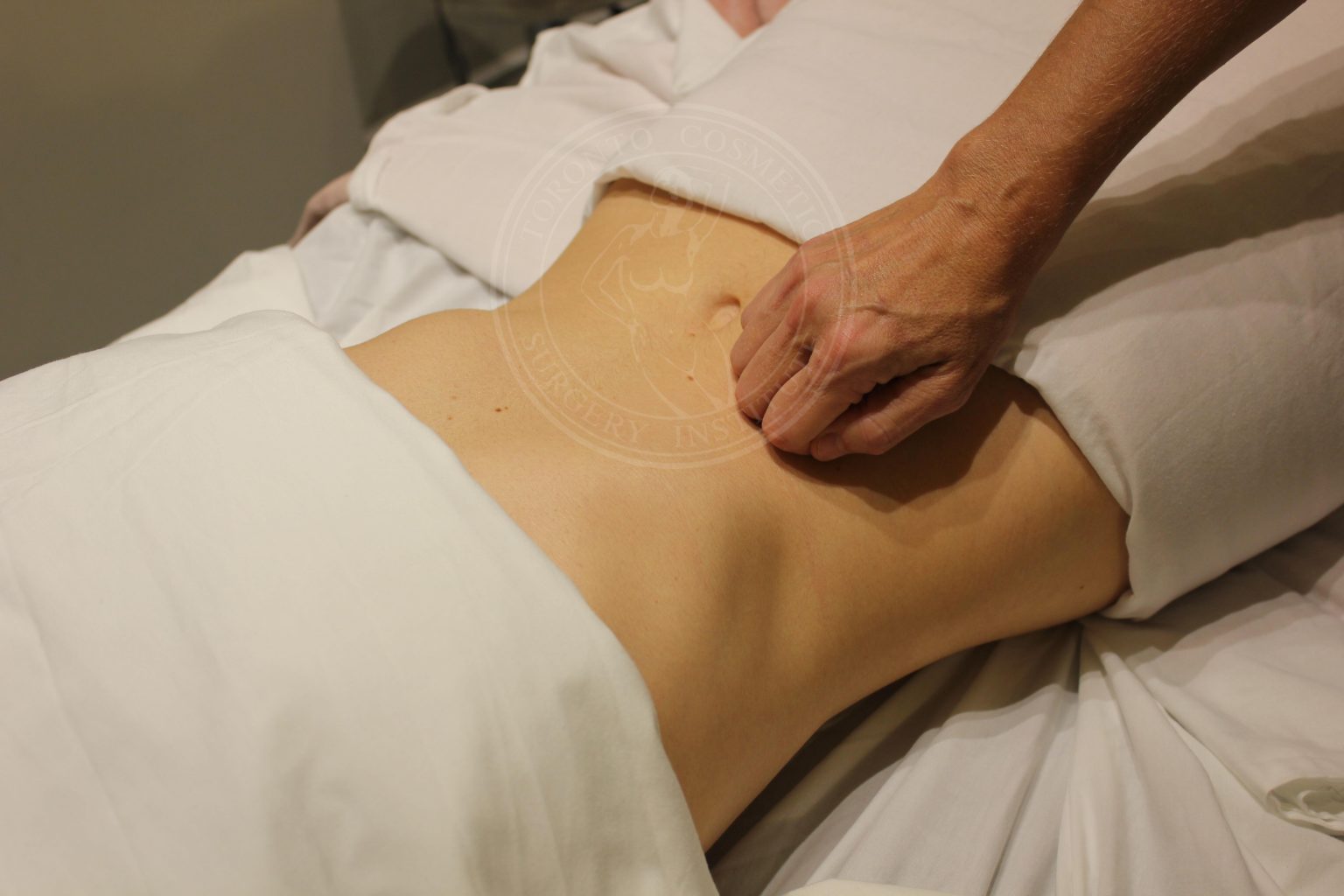
Using the heel of your hand or flat part of your fingers when you make a fist, gently rub the skin in a circular motion.
The rib cage is a common area for problems since the bony structure of the ribs provides an easier site of attachment for unwanted fascia or scar tissue adhesions. Repeat this technique a few times on either side.
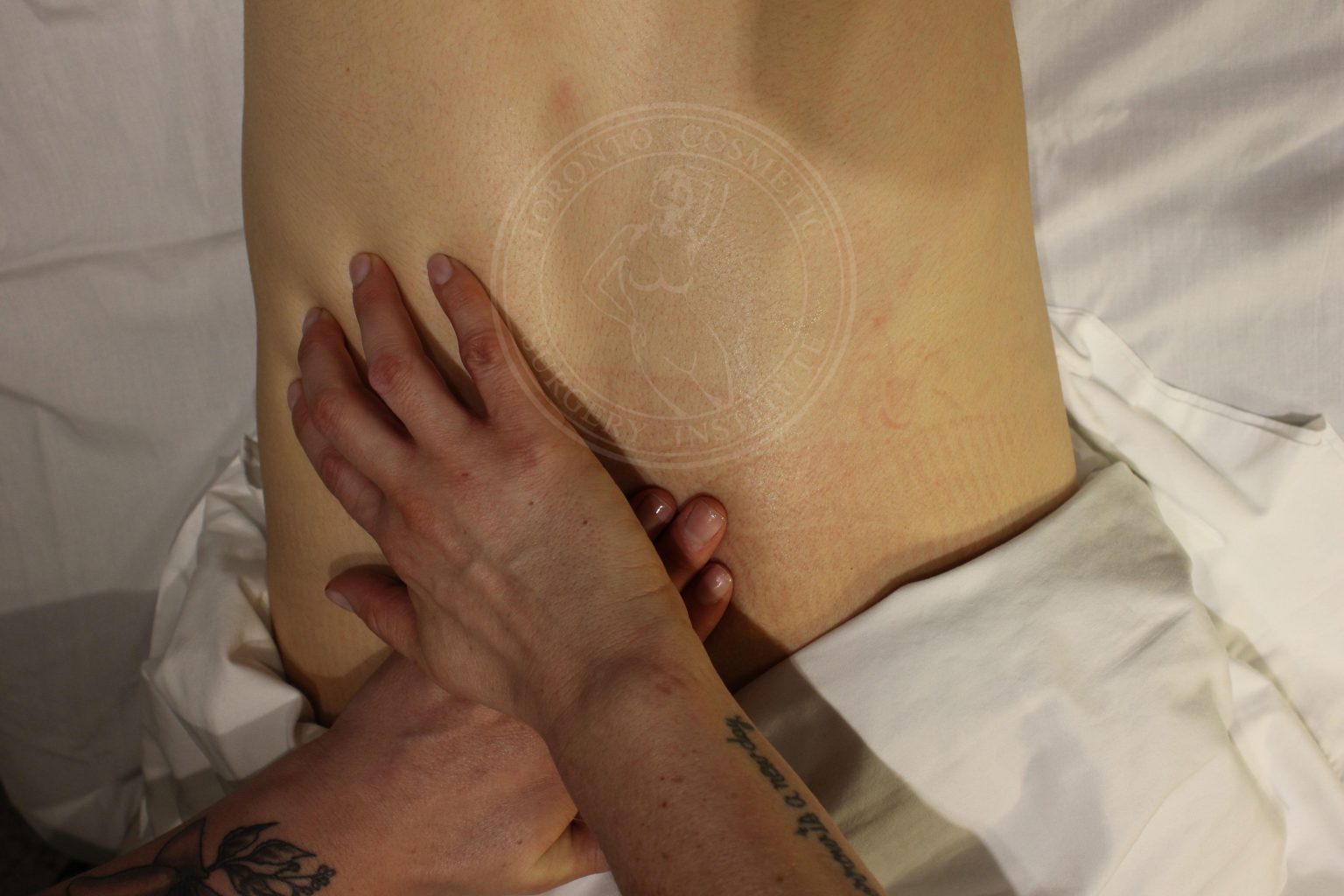
For patient’s early on in their recovery it might be difficult to actually grab the skin in some areas, as you may not have enough mobility back yet for this technique. Ultimately, this should be the goal when doing your post-op massage techniques, to get to this point of mobility.
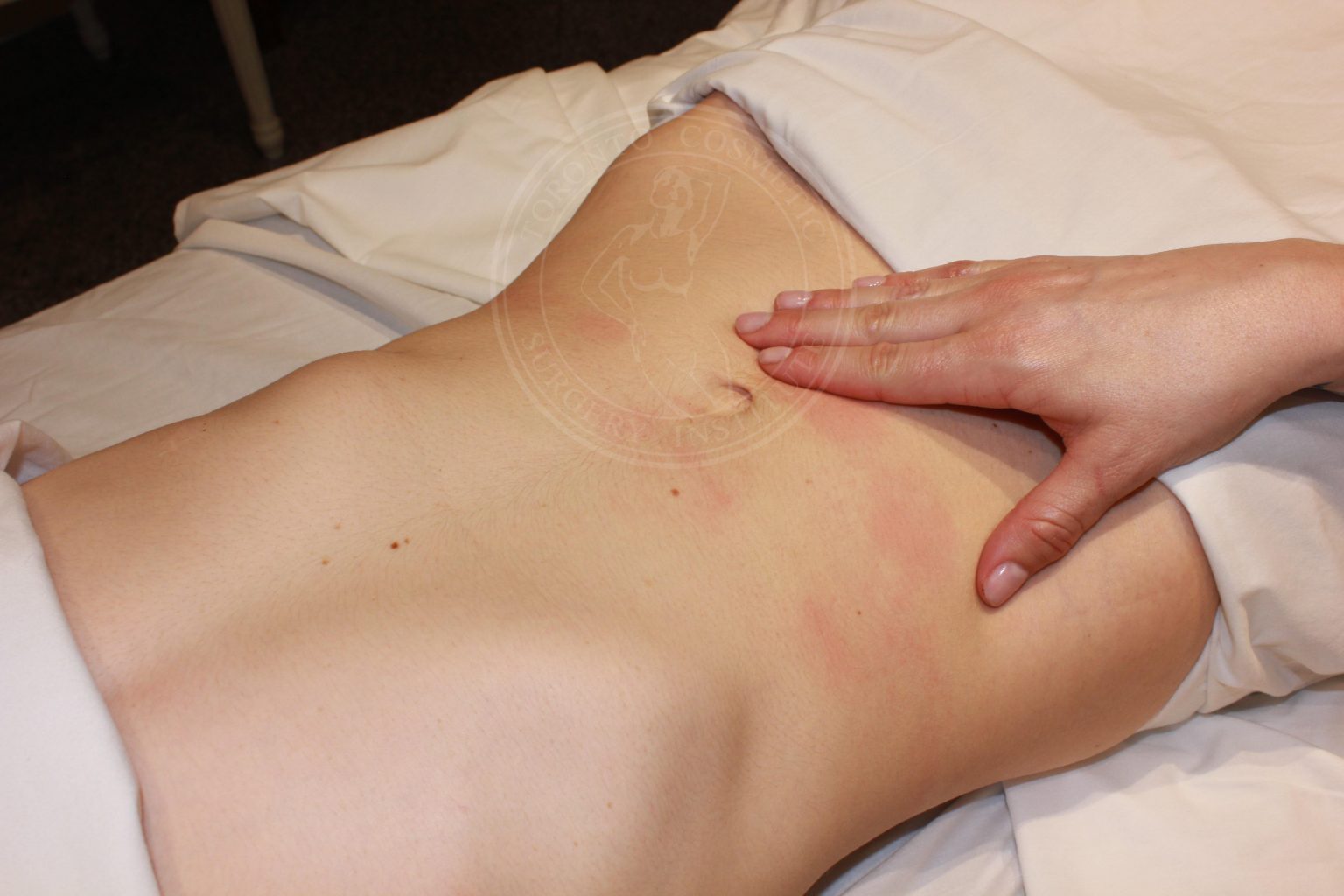
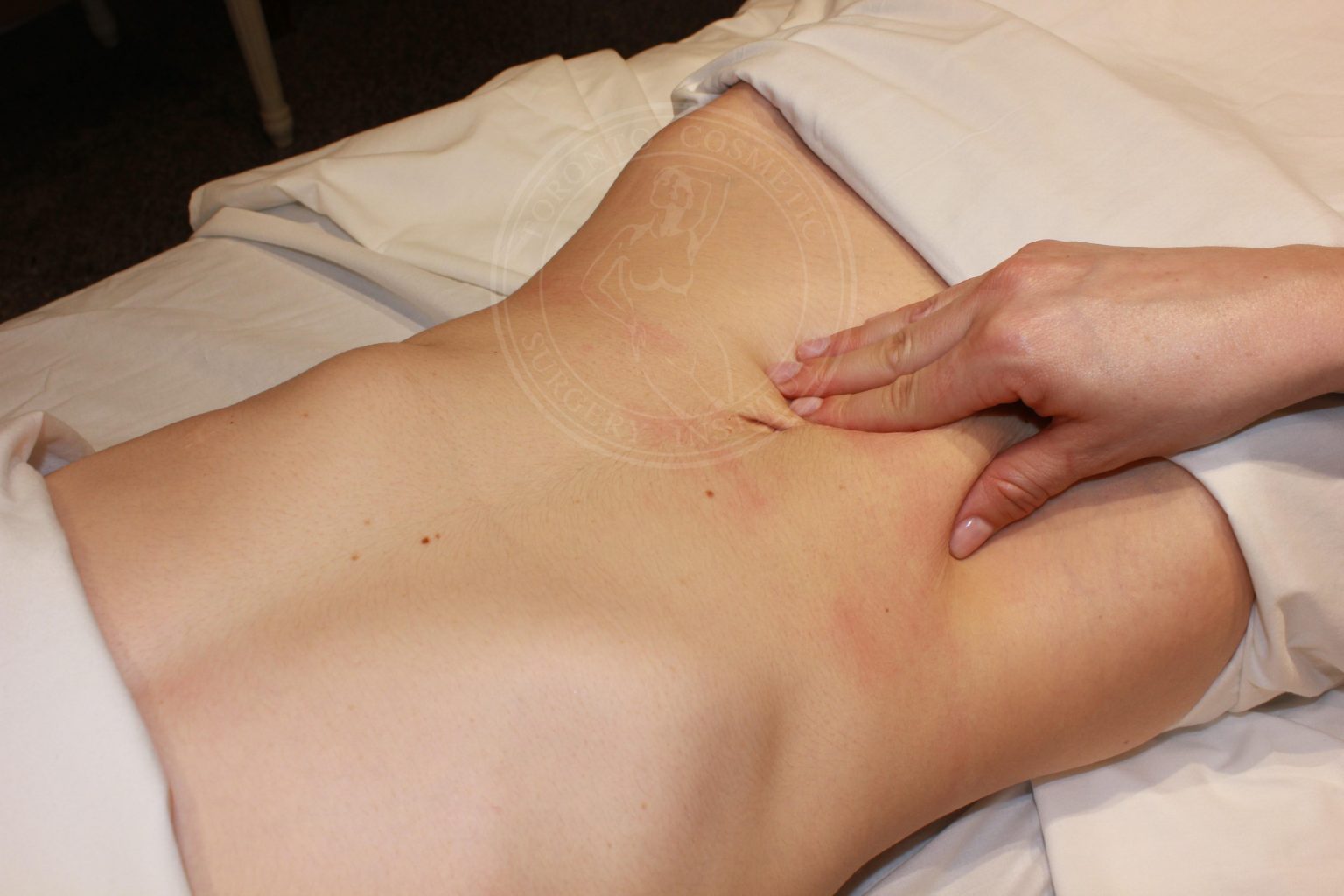
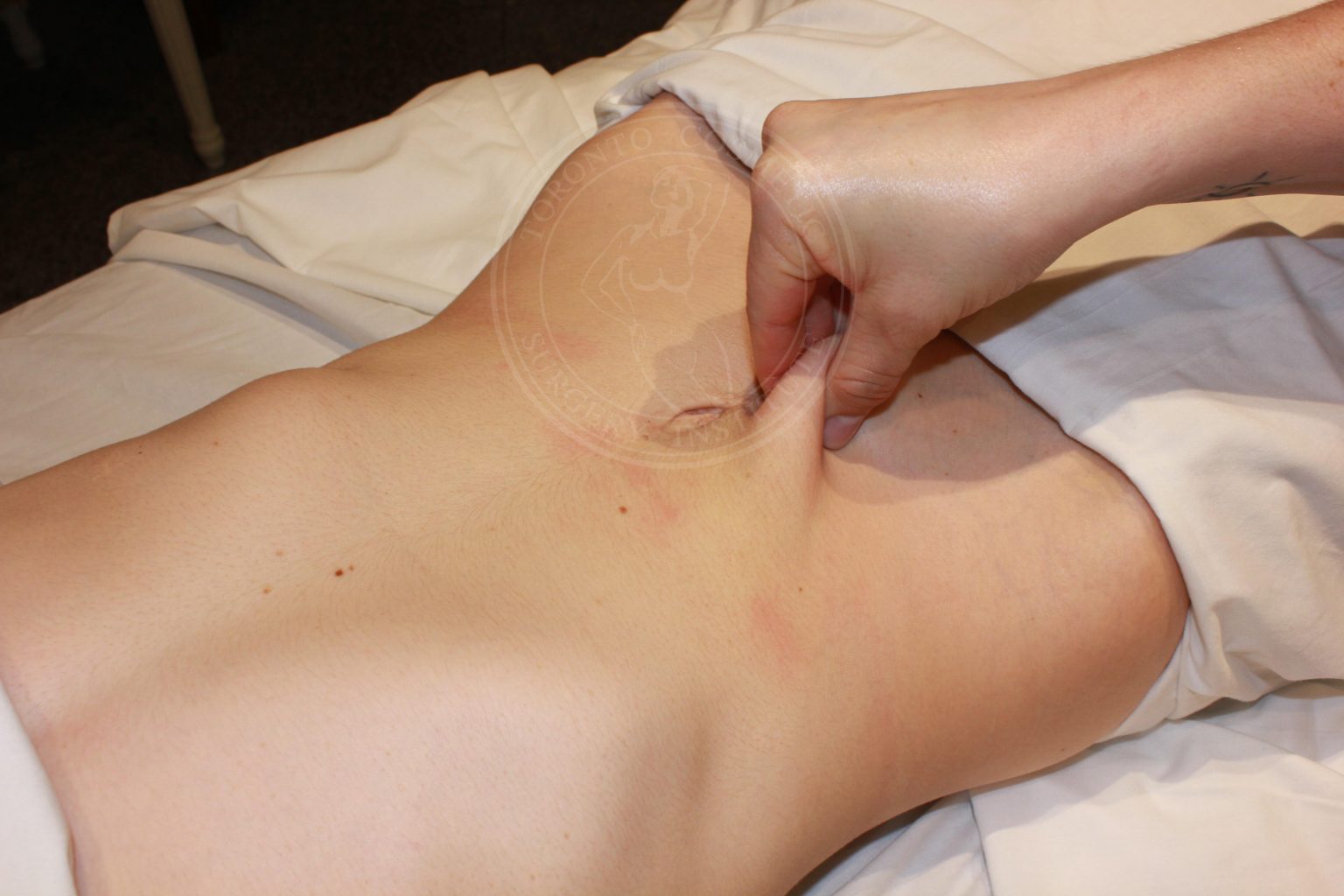
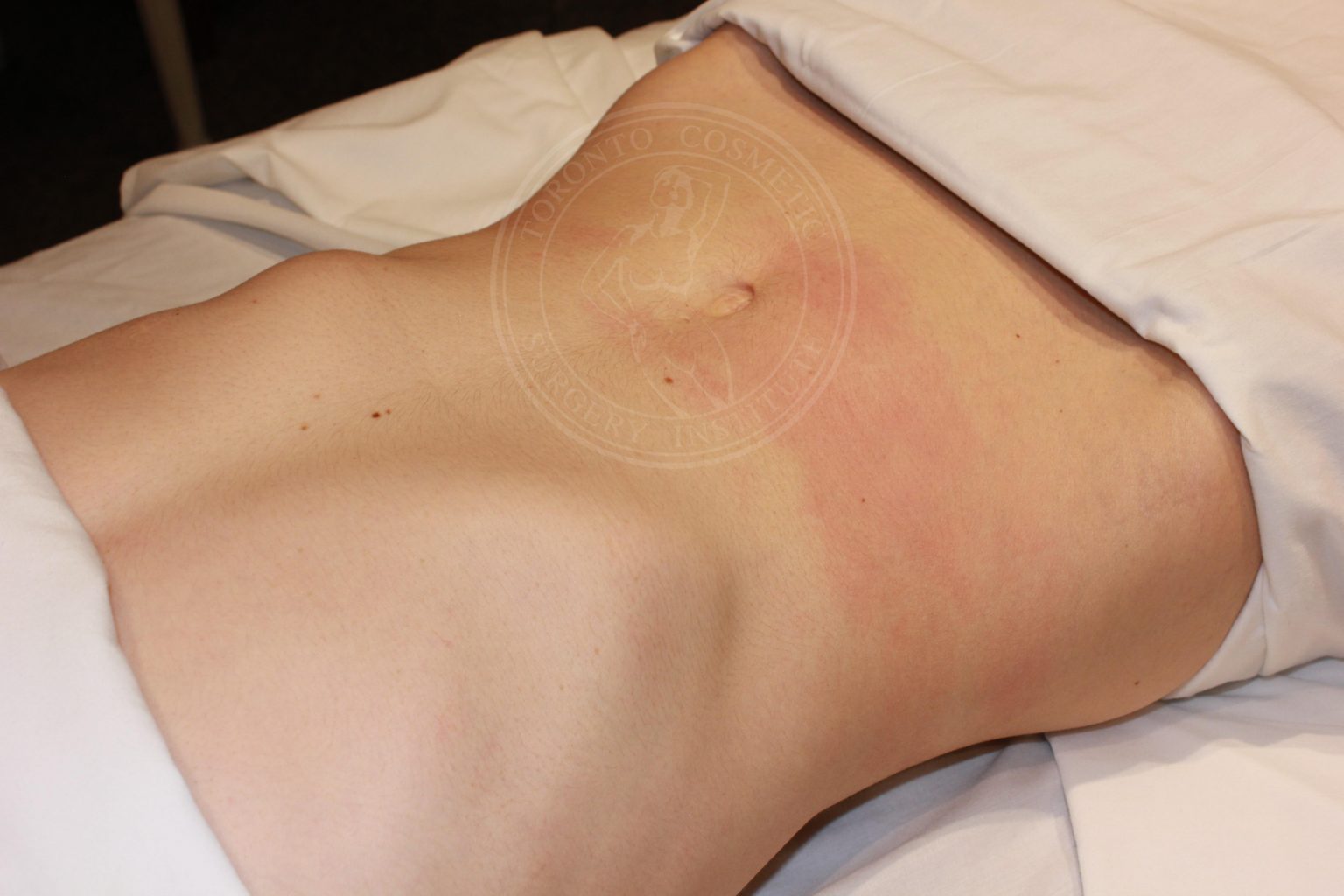
I am text block. Click edit button to change this text. Lorem ipsum dolor sit amet, consectetur adipiscing elit. Ut elit tellus, luctus nec ullamcorper mattis, pulvinar dapibus leo.
This technique is mainly used through the sides of the body into your abdomen or on your back through the flanks and rib cage.
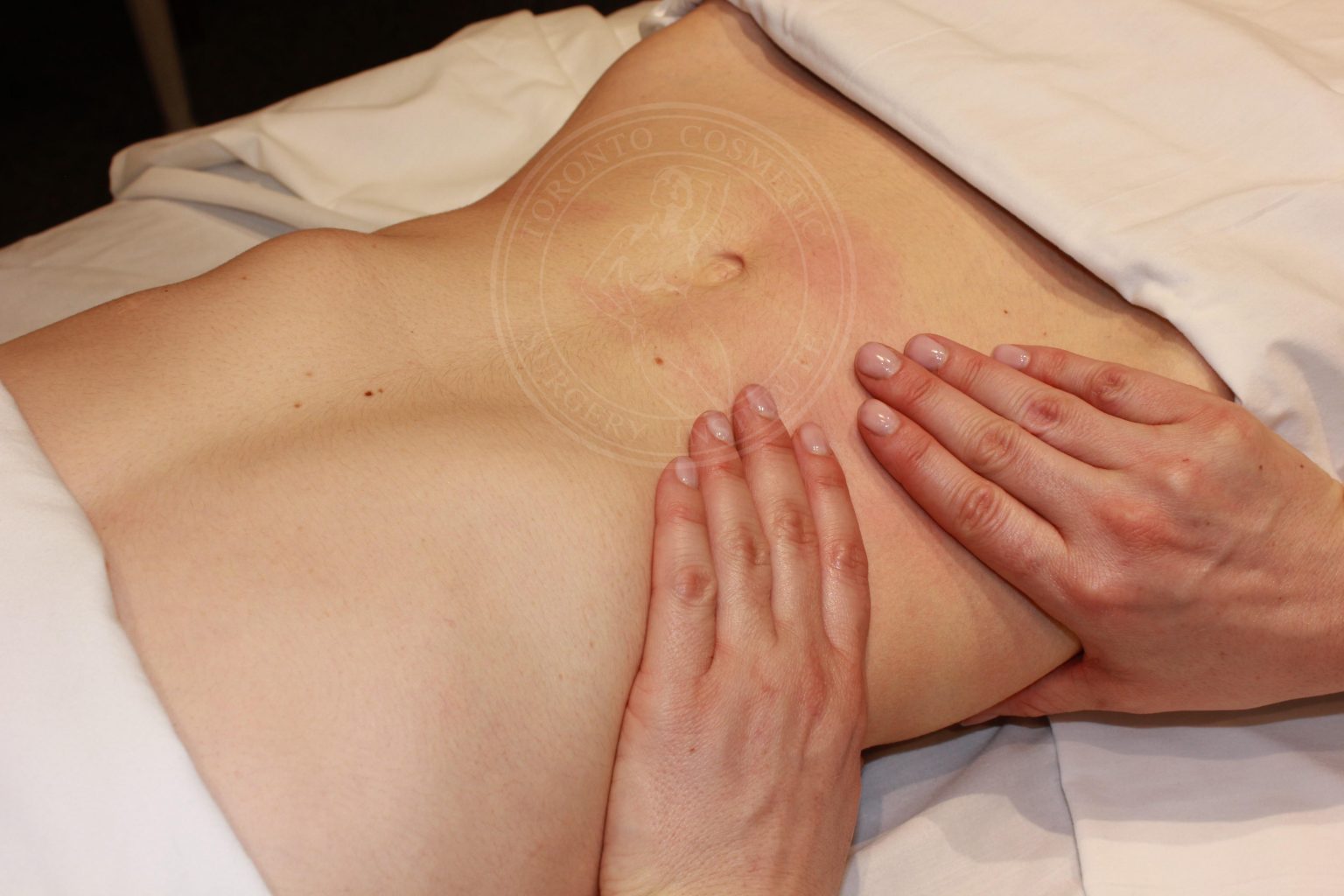
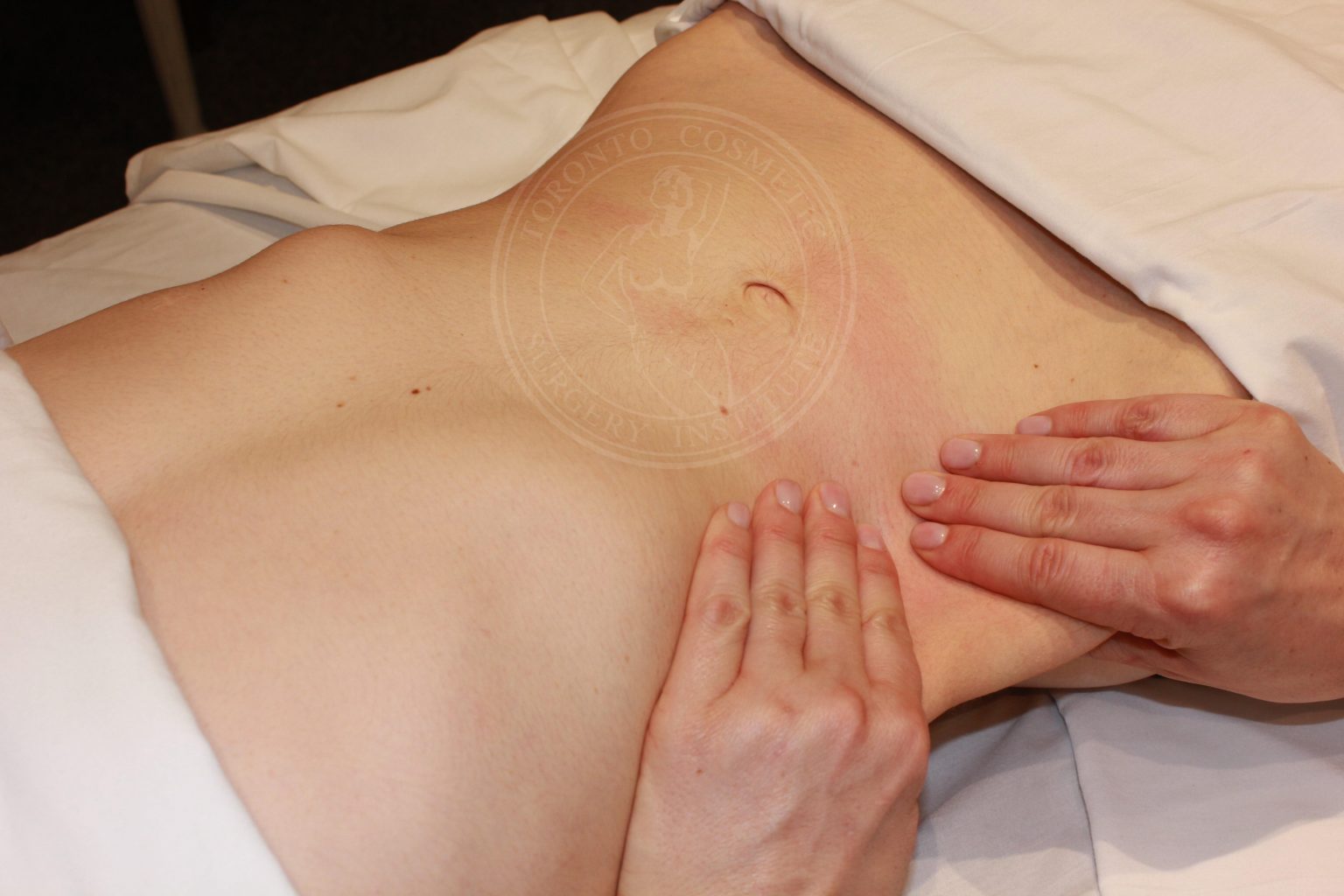
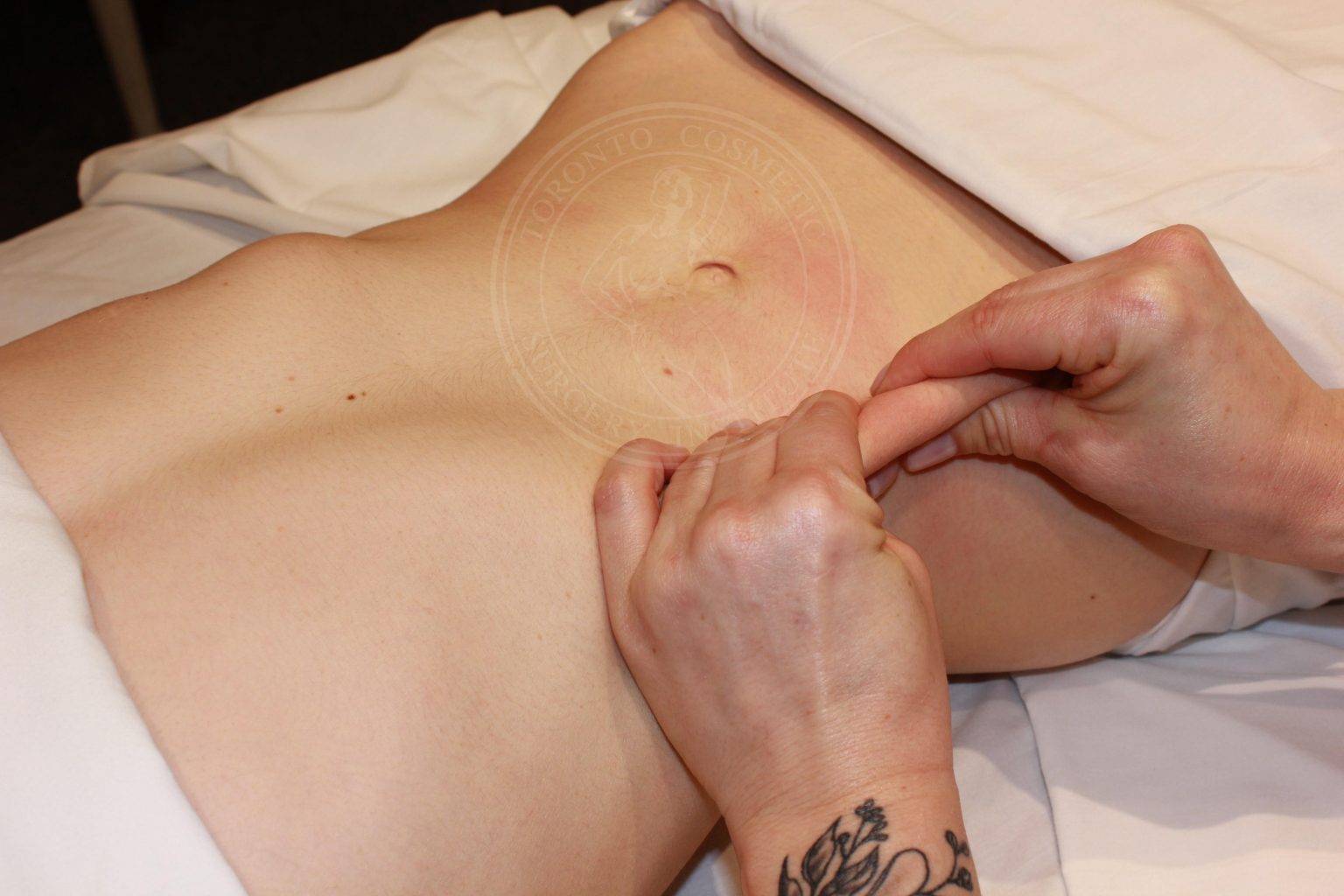
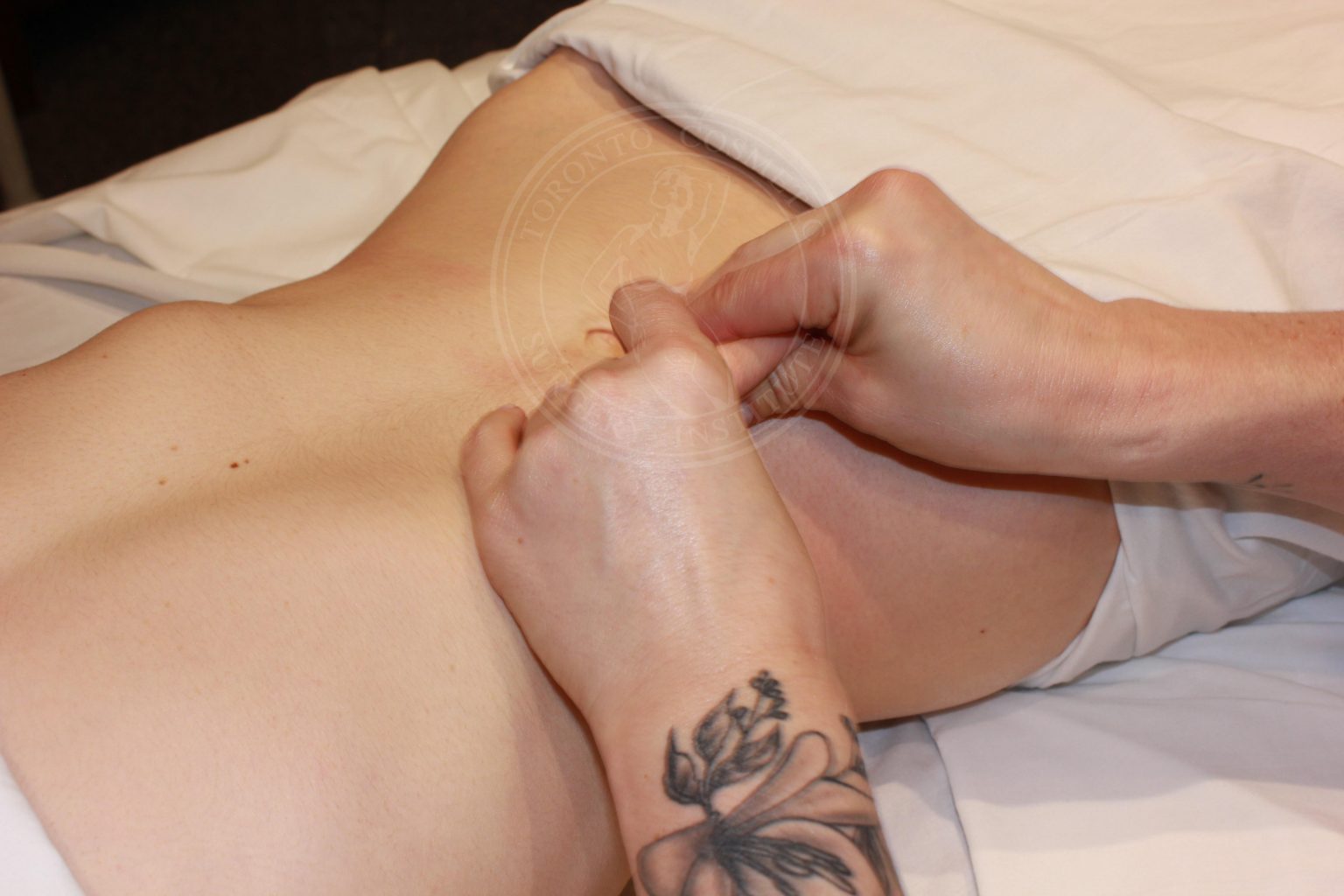
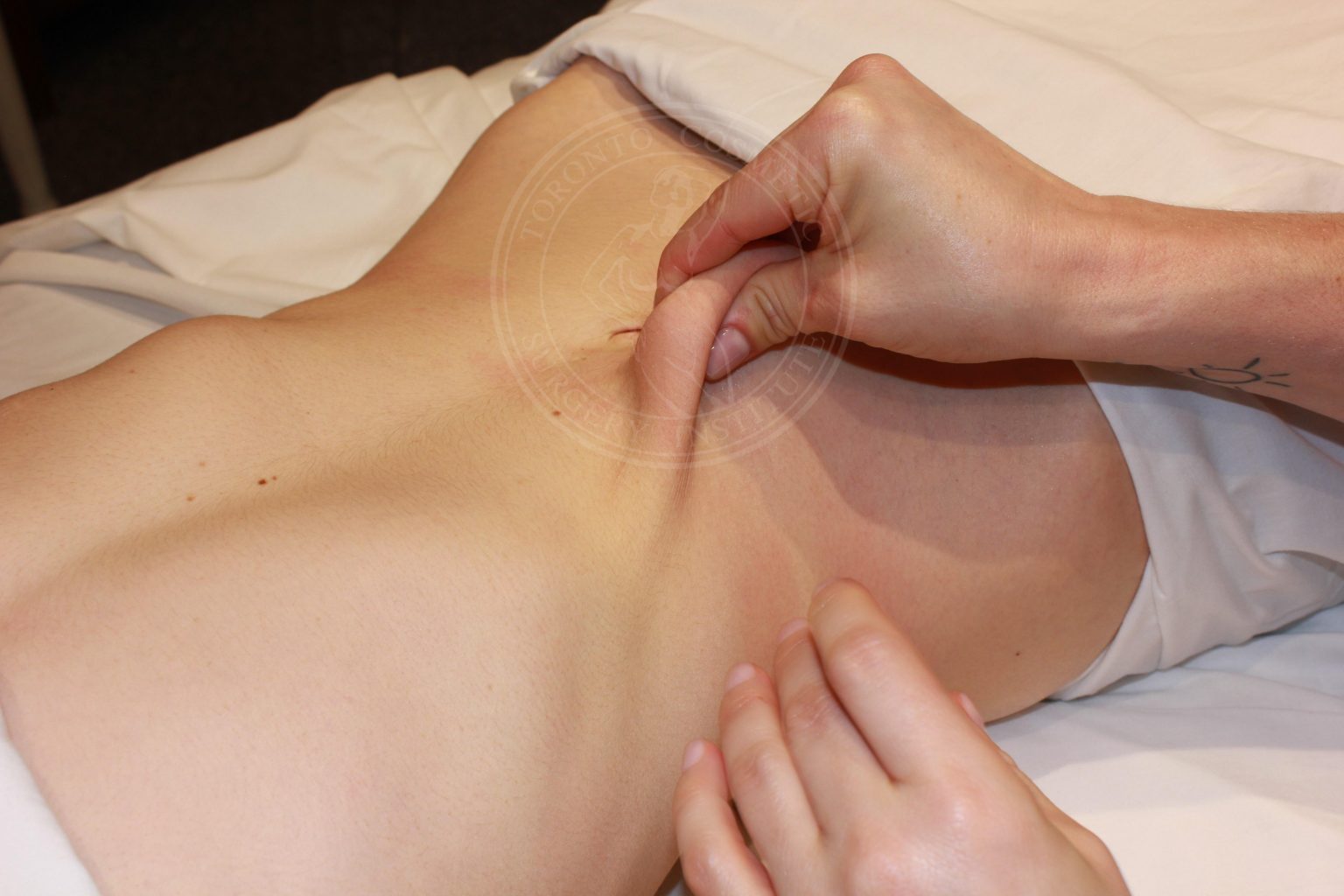
I am text block. Click edit button to change this text. Lorem ipsum dolor sit amet, consectetur adipiscing elit. Ut elit tellus, luctus nec ullamcorper mattis, pulvinar dapibus leo.
Abdomen and flanks – remove your binder to massage
Arms and legs – massage over your compression garment
Chin – do not massage
If you have had VASER, massage is extra important as there is more fluid collection, resulting in a higher risk of seroma formation.